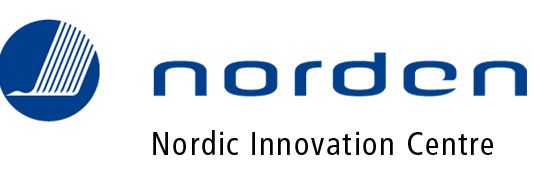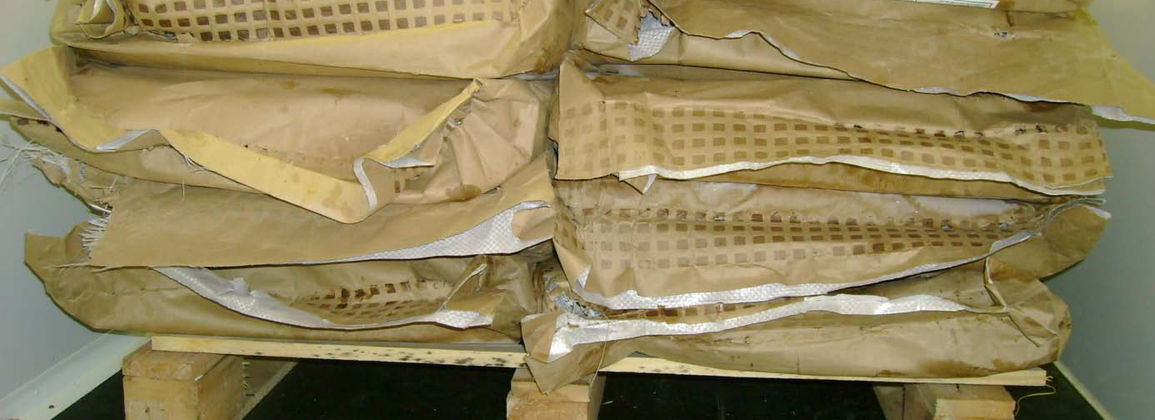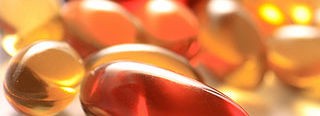The market for so-called health products, whether it is dietary supplements, dietary supplements, plant extracts or other, has been expanding in recent years and has become large.
Products are often offered for sale that work as they are said to work in advertisements, but unfortunately it is very often the case that people buy the cat in the sack. Below are statements that are often heard when two or more people come together and discuss these issues.
Vitamin B-12 cures dilution: it is clear that it goes on the B-vitamin reserves with long-term drinking. On the other hand, there is no evidence in science about the positive effects of higher doses of vitamin B-12 on dilution following occasional binge drinking.
Ginseng makes you smarter: there are different types of ginseng that have different effects in some ways. There is nothing in science about whether ginseng makes a person smarter. It is another matter that most types of ginseng have some stimulating effect and when stimulating the central nervous system, including the brain, people may find it smarter.
Sun hat cures flu: sun hat does not cure flu. However, it is very different whether the results of research support that a sun hat can reduce the effects of the flu, as has been claimed with vitamin C. The probability of toxicity due to the consumption of a sun hat is small if the consumption is in accordance with the recommendations, and therefore the consumption of a sun hat can probably not do any harm but the question of whether a sun hat does any good.
Vitamin A improves eyesight: if there is a lack of vitamin A, which is not the case for most Icelanders, then a supplement of vitamin A can improve eyesight. However, vitamin A in the form of retinols (retinol, retinal) can be very harmful in large doses. Therefore, it is important to stay as close as possible to the recommended daily allowance (RDS) and not consume more vitamin A than necessary.
Creatine makes you stronger: creatine is usually in the form of creatine phosphate (CP). Adenosine tri-phosphate (ATP) is a storehouse of energy in the body. With increased creatine-phosphate intake, we contribute to having more ATP during exercise in short, sharp conflicts (1-10s). Therefore, it is believed that we can improve enthusiasm in short, sharp conflicts if we consume supplements that contain creatine. The results of studies, which have been conducted almost exclusively on men aged 18-35, indicate that consumption is without undesirable side effects for that group. Information regarding other groups is not available and therefore children and adolescents should not consume creatine.
Vitamin C reduces the damage caused by smoking: it is best for the body if people do not smoke. Vitamin C is an antioxidant and can therefore reduce the harmful effects, such as oxygen, on the body's cell membranes. The harmful effects of oxidation are greater in smokers due to cigarette smoke than in non-smokers. It seems that consuming vitamin C, up to 100mg per day, can be helpful in reducing the oxidative harmfulness of smoking. It should be noted, however, that the harmfulness of smoking is not limited to this aspect.
Chromium reduces sugar cravings: Chromium is an important link in the body's insulin response, but insulin has an effect on blood sugar levels, among other things. In people with diabetes, their insulin response may be impaired and it is thought that extra chromium may help them control their blood sugar. Increased consumption of chromium is not considered to contribute to better glycemic control, and therefore sugar cravings, in those with normal glycemic control (ie not having diabetes of any kind).
Vitamin D strengthens bones: Vitamin D is a fat-soluble vitamin that many people prefer to call hormone-like substances due to its role in the body. Vitamin D affects, among other things, how well we use calcium from our diet. Calcium is important in the structure and maintenance of bones and therefore there are old and new truths that vitamin D and calcium are necessary in adequate amounts to shape and maintain strong bones. Exercise also increases bone strength.
Potassium is a muscle relaxant: potassium (K) plays an important role in the functioning of the nervous system and muscles. Potassium, among other things, has a role to play in muscle nerve signaling to relax tightened muscles. Potassium levels are very well controlled in the body and if people on the other hand do not have any diseases that distort the body's potassium balance, including the heart muscle, it is absolutely unnecessary, and in fact undesirable, to consume large amounts of potassium as a dietary supplement. effect
Caffeine is a fat burner: caffeine indirectly stimulates the central nervous system, including the brain. When we stimulate the central nervous system, we are more likely to move and that movement is actually the reason why we burn more energy and thus more fat rather than the direct fat burning effect of caffeine. It should be noted, however, that adverse side effects can accompany the consumption of caffeinated foods and pregnant women, women who are breastfeeding, children and those who are sensitive to caffeine are advised not to consume large amounts of caffeine.
Vitamin E prevents acne: many people consume more vitamin E than the recommended daily allowance in the hope that vitamin E has a protective effect against cardiovascular disease. Regarding acne, the disease is due to other factors (including larger sebaceous glands due to accumulated sebum) and there is nothing in the science of nutrition that supports the hypothesis that vitamin E can prevent acne.
It is important for consumers to realize that much of what is on sale in this country, as well as elsewhere, may be useless, even though consumption does not create any danger if advice on quantity is followed. As consumers, we must be critical of the information provided to us and ask where this information comes from. If it is clear that the information is not supported by scientific evidence and business considerations dictate how the information is presented, then it is desirable that this information be treated with caution. When choosing supplements, dietary supplements, plant extracts and other such substances, it is often a good idea to keep the following in mind:
If the advertised features of a product are too good to be true, they are probably untrue!
For further information, please contact the author, Steinar B. Aðalbjörnsson, marketing director of Matís.









